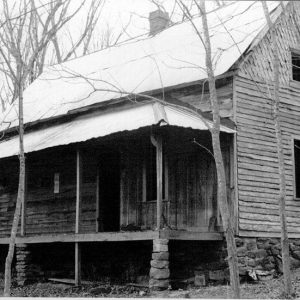 Henderson Farm
Henderson Farm
Entry Category: Museums and Historic Sites
 Henderson Farm
Henderson Farm
 Henderson Farm Barn
Henderson Farm Barn
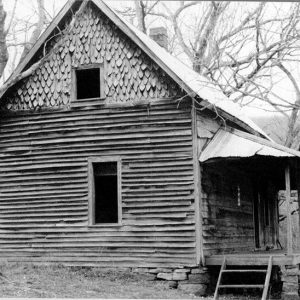 Henderson Farmhouse Side
Henderson Farmhouse Side
Hendrix College Addition Neighborhood Historic District
Henry Atchley House
Henry McKenzie House
Henry’s Chapel
 Henry's Chapel Marker
Henry's Chapel Marker
 Heritage House Museum
Heritage House Museum
Heritage House Museum of Montgomery County
Herschell-Spillman Carousel
aka: Over the Jumps Carousel
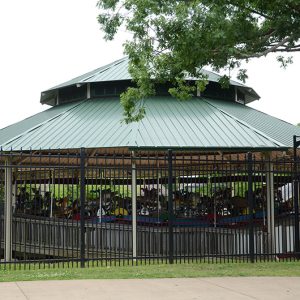 Herschell-Spillman Carousel
Herschell-Spillman Carousel
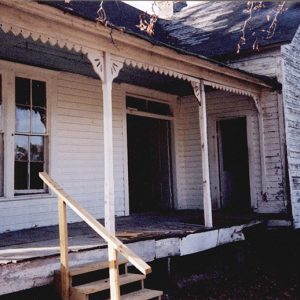 Hickman House
Hickman House
 Hickman House
Hickman House
Hickman House
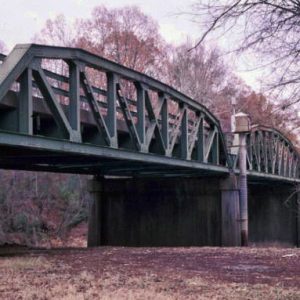 Highway 67 Bridge
Highway 67 Bridge
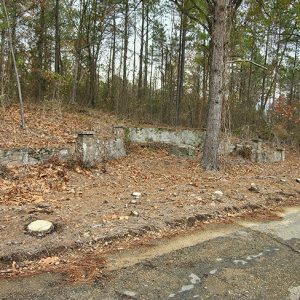 Highway 67 Rest Area
Highway 67 Rest Area
Highway 7/51 Bridge
aka: Arkadelphia Bridge
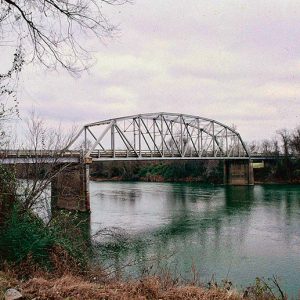 Highway 7/51 Bridge
Highway 7/51 Bridge
Highway 79 Bridge
Hill Wheatley Downtowner Motor Lodge
aka: Springs Hotel
 Hill Wheatley Downtowner Motor Lodge
Hill Wheatley Downtowner Motor Lodge
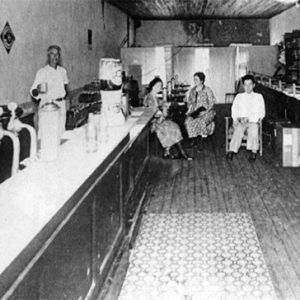 Hillbilly Cafe
Hillbilly Cafe
 Hinderliter Grog Shop
Hinderliter Grog Shop
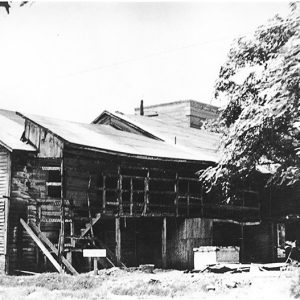 Hinderliter Grog Shop
Hinderliter Grog Shop
 Hinderliter Grog Shop
Hinderliter Grog Shop
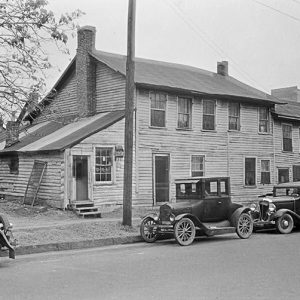 Hinderliter Grog Shop
Hinderliter Grog Shop
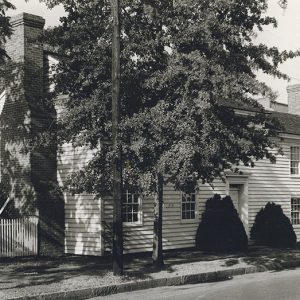 Hinderliter Grog Shop
Hinderliter Grog Shop
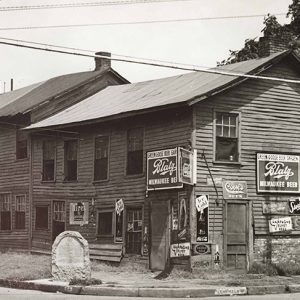 Hinderliter Grog Shop
Hinderliter Grog Shop
Hinderliter Grog Shop
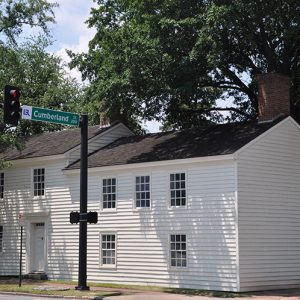 Hinderliter House - Modern View
Hinderliter House - Modern View
Hindman Hall Museum
Historic Arkansas Museum
aka: Arkansas Territorial Restoration
Historic Dyess Colony: Boyhood Home of Johnny Cash
aka: Johnny Cash Boyhood Home
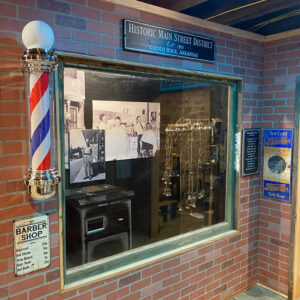 Historic Main Street Exhibit
Historic Main Street Exhibit
Historic Washington State Park
History of Hot Springs Gambling Museum
Hodges House
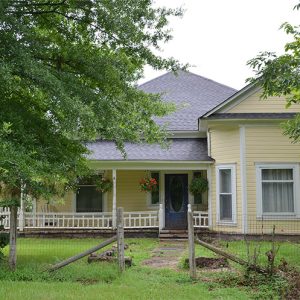 Hodges House
Hodges House
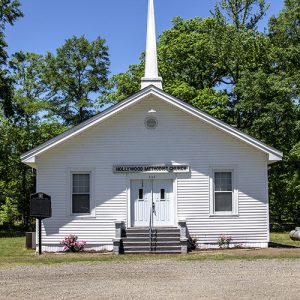 Hollywood Methodist Church
Hollywood Methodist Church
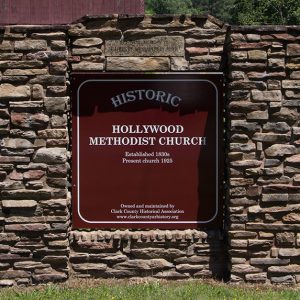 Hollywood Methodist Church Sign
Hollywood Methodist Church Sign
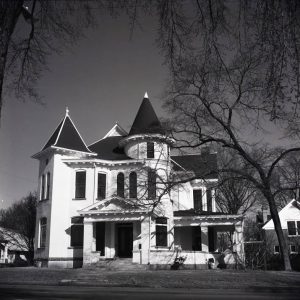 Holtzman-Vinsonhaler House
Holtzman-Vinsonhaler House
Home Ice Company
Homer
Hoo-Hoo Monument
 Hoo-Hoo Museum
Hoo-Hoo Museum
 Hope Girl Scout Little House
Hope Girl Scout Little House
 Hope Girl Scout Little House
Hope Girl Scout Little House
Hope Girl Scout Little House
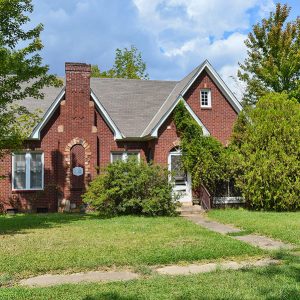 Horace Estes House
Horace Estes House




